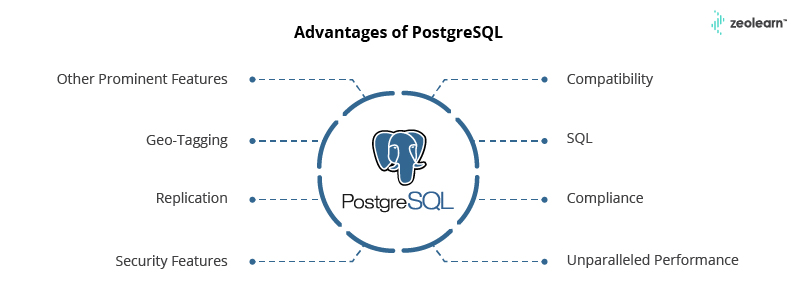

Also, the word winter can exist anywhere in the string. We are doing an ILIKE since we do not know the cases, and it can even be a mixed case. Regex Query Using Index Limitations of B-Tree Pattern OpsĮven a full-text search will try to use the index, but it will be significantly slower. Without the anchored search index we created above, the above query will use a sequential scan. Note: The Distinct is used only to give an idea of the results. This queries the event types starting with S or H. The pattern_ops can be used for even regular expressions. The like query we used before using the left anchored search LIKE '%Storm' can now use the index. CREATE INDEX anchored_search ON storm_events (event_type text_pattern_ops) BTree Like Query Pattern Searchī-Tree can still handle variations of the searches if we create indexes using pattern_ops strategy. The BTree index cannot handle such queries, and the planner will resort to a sequential scan. Consider the below query where we search for events where it is some storm, i.e., Winter Storm or Ice Storm, etc., EXPLAIN ANALYZE SELECT But when it comes to text, it cannot handle searches. The B-Tree index is one of the simplest yet commonly used indexes in the PostgreSQL world. Running Simple QueriesĪfter creating the index, we can observe the speed improvement is significant. We also choose to create the index concurrently if there are a large number of rows and if it is a system running in production. CREATE INDEX ON storm_events USING BTREE(event_type) 40ms is also considered very slow in relational dbs as the number of queries will be in the thousands and can significantly slow down the server) we can create a simple B-Tree index. To speed up our query (it takes 40ms now because of the lesser number of rows, but that will significantly change if the text is bigger and with an increase in the number of rows. Query Plan Without an Index Creating the Index For more on query plans, here is an in-depth article on that topic. The plan would be to search through all of the rows in the absence of an index. SELECTĮvent_type = 'Winter Storm' Simple Equals Query Let's run a query where our event type is a Winter Storm. The simplest of queries you can run on a text column is the equality operator. COPY storm_events FROM '/path/to/csv' DELIMITER ',' CSV HEADER We can import the CSV using the below command. The corresponding table can be created using the following create table statement. Below is the modified database schema for our dataset.

To simplify, we will not include all the columns that come with the original dataset. Selecting a Data Set for Our Learningįor this article, we are going to select a storm events dataset from the NOAA website. The text datatype will be the main focus of this article. In most situations text or character varying should be used instead. In fact, character( n ) it is usually the slowest of the three because of its additional storage costs. While character( n ) it has performance advantages in some other database systems, PostgreSQL has no such advantage.

Note: There is no performance difference among these three types, apart from increased storage space when using the blank-padded type and a few extra CPU cycles to check the length when storing into a length-constrained column. Whenever we attempt to design our schema, it is important to understand how the database interprets it. Regardless of whether we choose char, varchar or text, the underlying structure PostgreSQL uses is varlena. Introduction to the PostgreSQL varlena Data Type
POSTGRESQL SIMILAR HOW TO
In this article, we are going to focus on how to implement fuzzy search in PostgreSQL. Working with geospatial data in PostgreSQL.Īnd a lot more.
POSTGRESQL SIMILAR SOFTWARE
Just like how software engineering has become polyglot, database systems such as PostgreSQL have increasingly become multi-model,


 0 kommentar(er)
0 kommentar(er)
